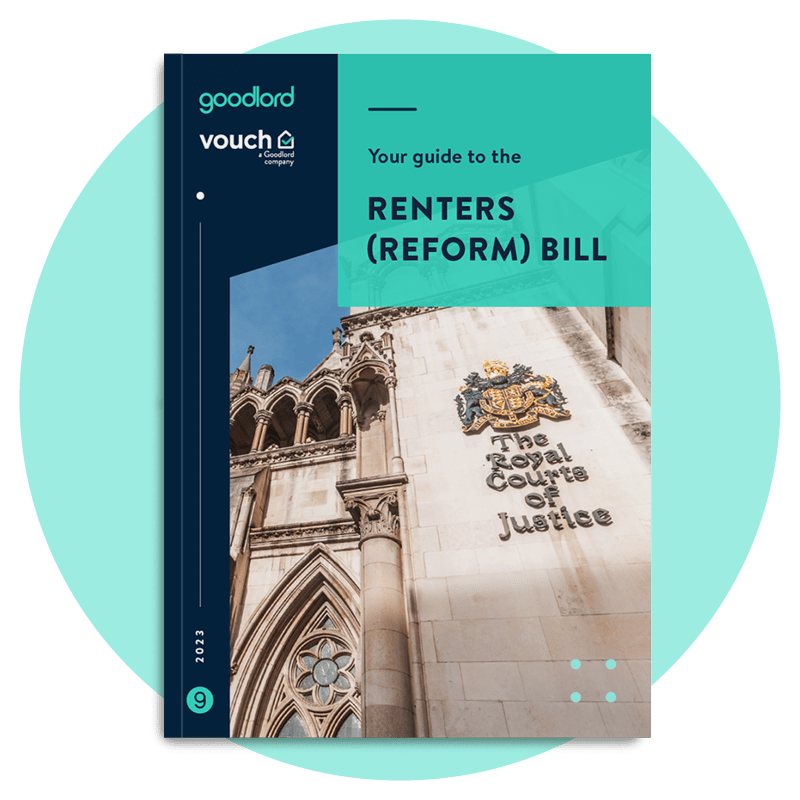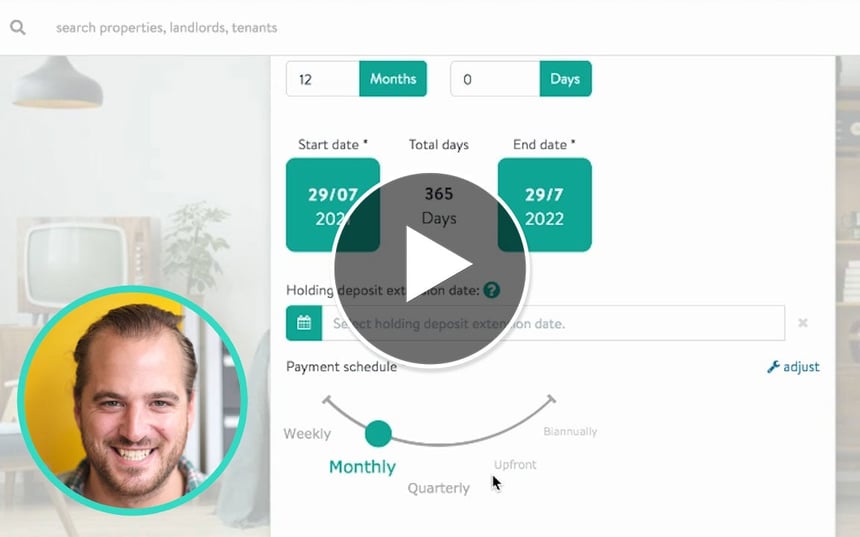How can landlords manage damp and mould?
As winter arrives and the risk of mould increases, how to manage damp in social and private renting housing is becoming more important for landlords.
This year, a government report found that 69% of privately rented properties had damp and mould issues. To prevent this, the government released guidance earlier this year for private landlords on how best to manage any possible issues.
The guidance shares that "it is totally unreasonable to blame damp and mould in the home on ‘lifestyle choices’". Landlords should instead work with tenants to help them make "small, reasonable adjustments to their behaviour".
Here's what's covered in this guide:
- What are landlords and letting agents’ responsibilities for damp and mould?
- What should I do if a tenant reports damp or mould in the property?
- How to reduce the risk of damp and mould?
- What can lead to damp and mould?
What are landlords and letting agents’ responsibilities for damp and mould?
Government guidance has suggested five standards that letting agents and landlords should follow to stay compliant with their damp and mould obligations.
1. Homes should be free from hazards
The Housing Act 2004 states that properties should be free from Category 1 hazards, as assessed by the Housing Health and Safety Rating System (HHSRS) This list includes damp and mould.
2. Homes should not have any conditions "prejudicial to health"
Damp and mould can be known as a "statutory nuisance” under the Environmental Protection Act 1990 if it harms the health of a tenant.
Following the death of Awaab Ishak in 2020 due to exposure to black mould at only 2 years old, private and social landlords need to increase their knowledge and awareness of damp and mould in housing to prevent cases like this from escalating in the future.
Landlords can receive legal action from the council in these circumstances.
3. Your properties need to be fit to live in
Under the Homes (Fitness for Human Habitation) Act 2018, properties need to be free from serious damp and mould that can harm a tenant's health.
Currently, there is no timescale for when remedial work needs to be carried out, but landlords should respond to any reports of damp and mould issues "promptly".
4. Social housing - and soon private rented homes - should meet the Decent Homes Standard
Social housing landlords need to ensure their properties are free from any Category 1 hazards, like damp and mould, under the Decent Homes Standard - again, assessed using the HHSRS.
This standard also states that social housing must be in a "reasonable state of repair and provide a reasonable degree of thermal comfort".
Under the Renters Reform Bill, the Decent Homes Standard will be applied to the private rented sector for the first time, meaning landlords will soon be responsible for their homes meeting a set of minimum standards.
5. Private rented properties need to meet minimum energy efficiency standards
Although the Energy Efficiency (Private Rented Property) (England and Wales) Regulations 2015 don't explicitly cover damp and mould, good energy efficiency in a building can reduce the risk of condensation.
Currently, landlord properties must meet Minimum Energy Efficiency Standards of an EPC E.
You can find out more about managing damp and mould in your property with our infosheet
What should I do if a tenant reports damp or mould in the property?
The government outlines the steps that landlords and agents need to take if they receive a report of damp and mould in one of their properties:
- Respond sensitively and identify quickly how serious the damp and mould issues are and their potential risks to tenants
- Tackle the underlying issue promptly, particularly if it's linked to a health complaint from the tenant
- Make sure you keep your tenants informed about the steps you'll take to remove mould and reduce damp issues, along with timeframes
- Take photos and write down the location of the mould, to identify the source of the issue
- Remove the mould with the help of a qualified professional, if necessary
- Identify and address any underlying causes of the damp and mould
- Inspect your property at least 6 weeks after you've fixed the problem, to make sure it doesn't come back. If it does, you'll need to investigate further
How to reduce the risk of damp and mould?
The government highlights these steps to help minimise any cases of damp or mould:
- Update your processes to "document, manage and act on reports of damp and mould"
- Check the condition of your properties, to recognise any risks and act before it becomes a problem e.g. a lack of ventilation
- Highlight relevant support for your tenants if the cost of living pressures of the building's energy efficiency makes damp more likely to be a problem
- Work with health and social care professionals to help identify any risk to your tenant's health
- Make sure your staff or contractors understand the importance of addressing damp and mould issues
- Encourage your tenants to report concerns around damp and mould
What can lead to damp or mould?
Some of the common issues that can cause damp and mould in a property are:
- Windows that don't open - or that tenants can't open due to safety concerns
- Poor insulation or ventilation
- Inefficient or expensive heating systems
- Homes that aren't properly maintained
- Overcrowding or homes without "adequate damp proof courses"
You can find out more about managing damp and mould in your property with our infosheet
This article is intended as a guide only and does not constitute legal advice. Visit gov.uk for more information.








